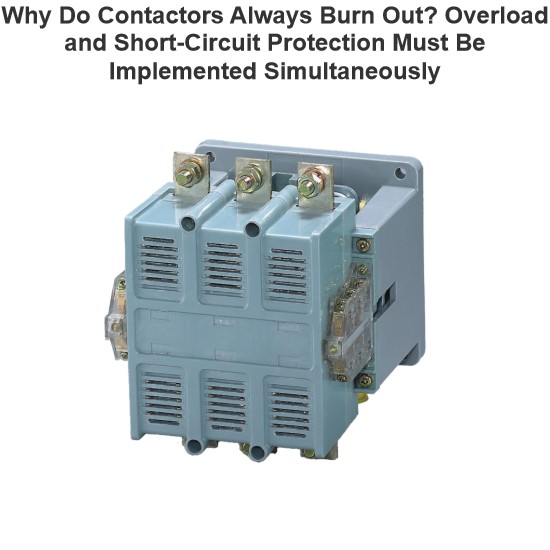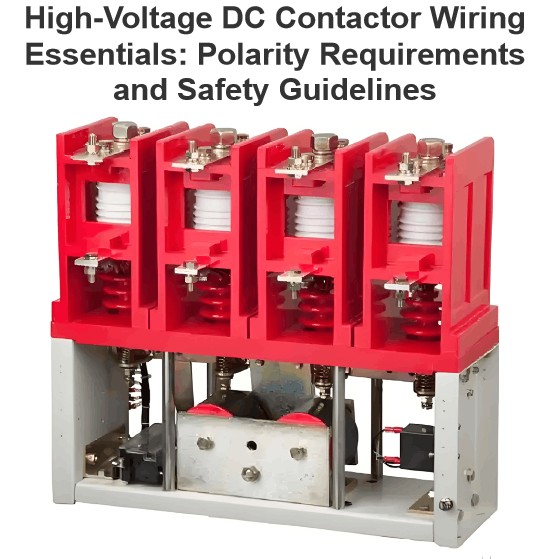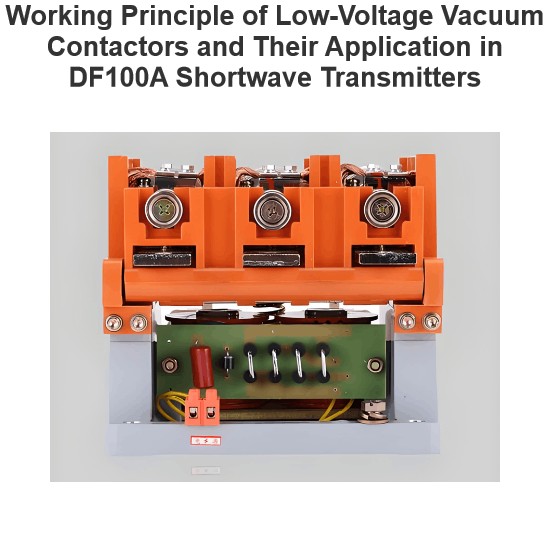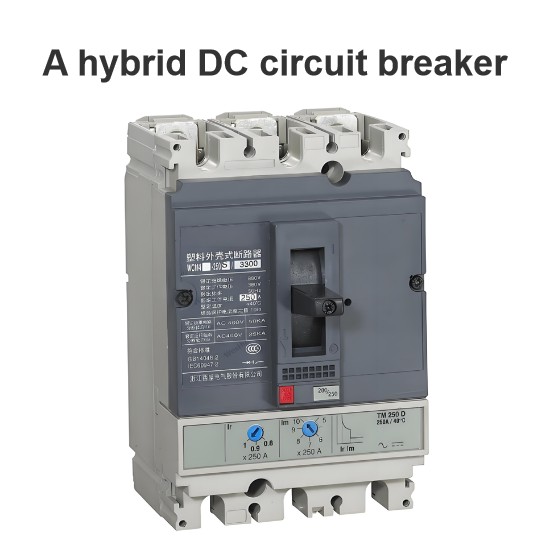1.1 Voltage Qualification Rate Improvement
High - voltage single - phase distribution transformers overcome traditional low - voltage distribution drawbacks like line losses, boosting power supply reliability.
Low - voltage distribution causes up to 35% voltage drop, disrupting supply. Switching to high - voltage single - phase transformers limits drops to ≤7%, preventing low - voltage issues at user ends. Stable voltage ensures proper appliance operation.
1.2 Power Supply Reliability Enhancement
High - voltage single - phase transformers serve far fewer users than box - type/three - phase ones. Maintenance thus minimally impacts users. In hot seasons, low - voltage setups risk overheating (56% of low - voltage faults stem from this). Smaller - capacity high - voltage single - phase units reduce such risks. Also, they avoid low - voltage line - related problems (theft, unsafe wiring). Using insulated/semi - insulated high - voltage lines enables fully sealed transformers, cutting failure chances. This stabilizes power supply.
1.4 Other Advantages of High - Voltage Single - Phase Distribution Transformer Power Distribution Mode
High - voltage single - phase distribution transformers can eliminate harmonics, thus preventing electricity theft and ensuring power facility safety. They also control no - load current, improve the power - use environment, and reduce noise.
2 Application in Distribution Networks
Proper use of high - voltage single - phase distribution transformers in distribution networks effectively cuts losses.
2.1 Transformer Types
These transformers are mostly three - phase units made of single - phase transformers or pole - mounted single - phase ones. Crafted via cold - rolled silicon steel sheets and wound - core annealing, single - phase Dl2 - type transformers slash iron loss. They deliver 6 kV or 10 kV high voltage directly to users, minimizing line losses.
2.2 Distribution Modes
On the high - voltage side, they connect to the 10 kV system’s AB, BC, CA phases. Two low - voltage connection methods exist:
- Single - phase three - wire: Windings on both sides; the low - voltage center tap is grounded, keeping the voltage ratio at 0.22 kV/10 kV (see Figure 1).
- Single - phase two - wire: Windings on both sides; one low - voltage end links to the live wire, the other to ground, with the same 0.22 kV/10 kV ratio (see Figure 2).
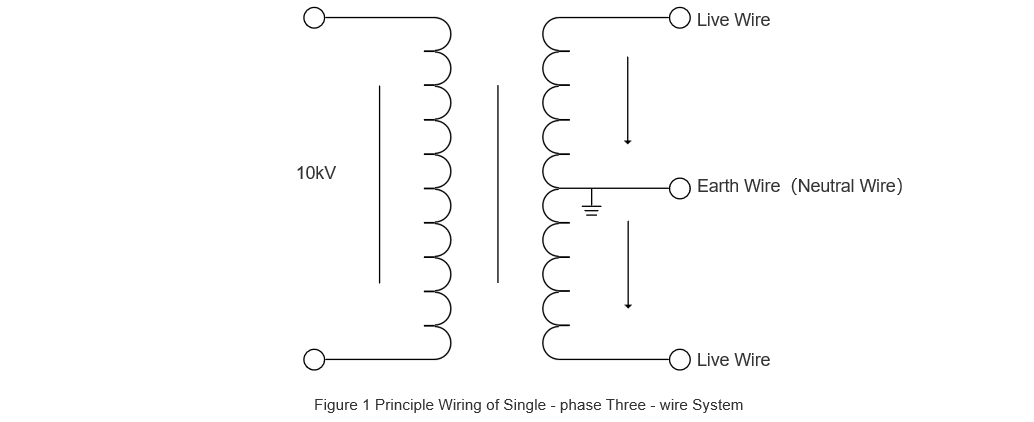
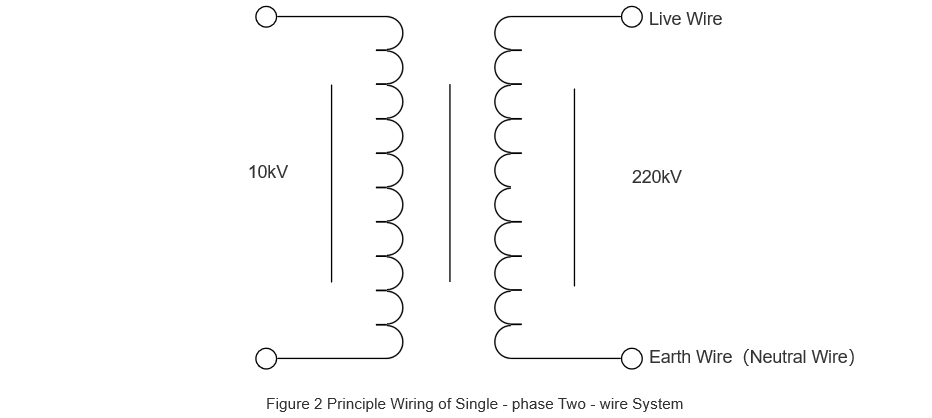
2.3 Power Distribution Technology of High - Voltage Single - Phase Distribution Transformers
This technology features:
- Pole - mounted single - phase transformers distribute power via 220 V low - voltage lines. Minimize incoming line lengths (ideally ≤23 m).
- Match transformer capacity to peak user demand for small - capacity, dense distribution points.
- Switching stations/distribution rooms supply power directly via 10 kV lines.
- Install electric meters centrally in residential buildings, one meter per household.
3 Key Considerations for Applying High-Voltage Single-Phase Distribution Transformers in Distribution Networks
Although the high-voltage single-phase distribution transformer offers unparalleled advantages over low-voltage distribution systems, its full potential cannot be realized without proper control of the power distribution system. Therefore, the following points should be noted during application:
3.1 Managing Load Current in the Distribution System
Due to their relatively small capacity, high-voltage single-phase distribution transformers are easier to adjust when load current fluctuations occur. Operators should regulate current according to users' power consumption to minimize load imbalances. Single-phase transformers are more prone to load current issues, which can be mitigated by integrating three-phase transformers to achieve current balance in 10 kV measurement lines.
3.2 Ensuring Compatibility Between Transformer Capacity and User Equipment
Select transformer capacity that matches the maximum power demand of connected appliances. Proper capacity matching not only meets user needs but also reduces line losses. Three-phase power supply systems are generally sufficient for most user requirements.
3.3 Prioritizing Safety of the Distribution System
Traditional three-phase four-wire systems are susceptible to neutral wire breakage, which can cause sudden voltage spikes on live wires, endangering lighting systems and electrical appliances. In contrast, single-phase distribution systems used in high-voltage single-phase transformers eliminate this risk, ensuring safer operation of user equipment.




















